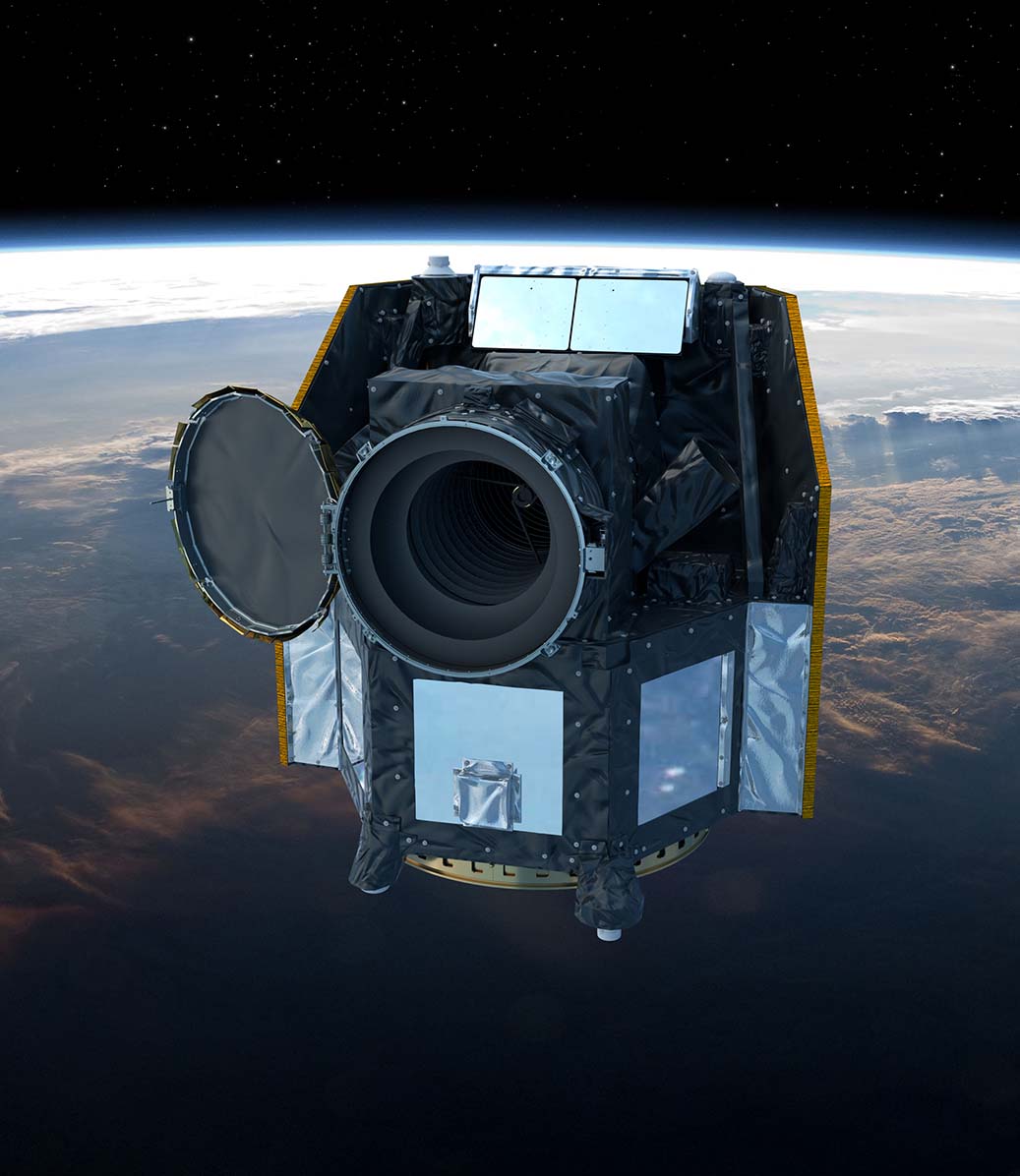Universum
A thousand days of CHEOPS
After a thousand days in orbit, the CHEOPS space telescope is showing almost no signs of wear. Under these conditions, it could continue to reveal details of some of the most fascinating exoplanets for quite some time.
Since its launch from Europe's Spaceport in French Guiana on December 18, 2019, the CHEOPS telescope has proven its functionality and precision beyond expectations in Earth’s orbit. During this time, it has uncovered the properties of numerous fascinating planets outside our solar system, known as exoplanets, and has become a key instrument for astronomers in Europe and around the world.
“The precise data we collected with CHEOPS has borne fruit: More than fifty scientific papers have been published or are in the process of being submitted by over a hundred scientists who make up the CHEOPS research team and who work at dozens of institutions across Europe,” reports Willy Benz, Professor Emeritus of Astrophysics at the University of Bern and head of the CHEOPS consortium.
CHEOPS is a joint mission of the European Space Agency (ESA) and Switzerland, under the aegis of the University of Bern in collaboration with the University of Geneva.
Successful Bernese space telescope
CHEOPS – in search of potential habitable planets
CHEOPS is dedicated to characterizing the transits of exoplanets. It measures the changes in the brightness of a star when a planet passes in front of that star. The size of the planet can be derived from this measured value and the density can then be determined using existing data. This provides important information about these planets – for example, whether they are predominantly rocky, consist of gases, or whether they have deep oceans. This, in turn, is an important step in determining whether conditions are conducive to life on a specific planet.
